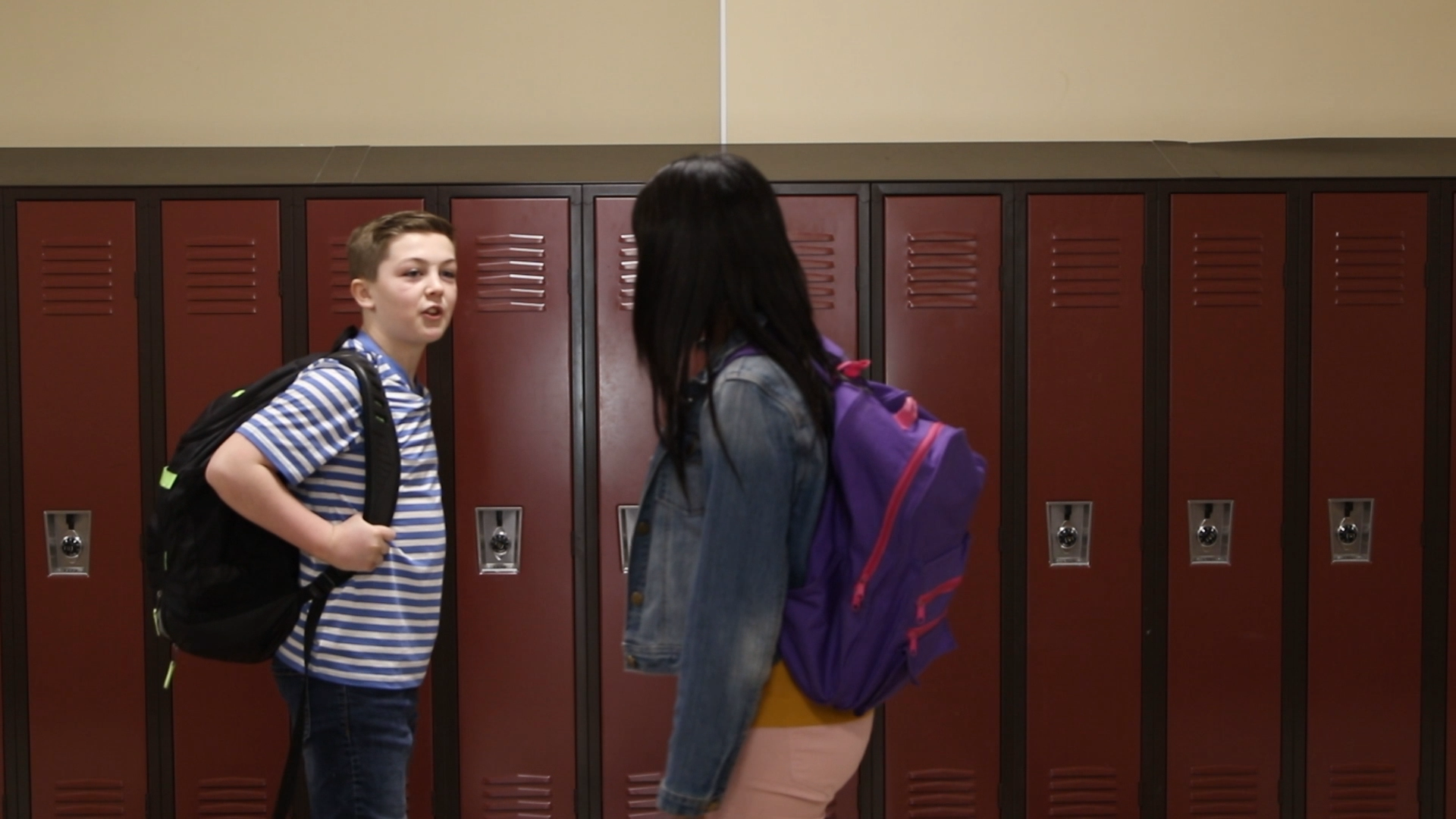
Introduction
Conversations come in all shapes and sizes, from short exchanges to lengthy discussions. For students in special education, understanding the appropriate length and content of a conversation can be challenging. The Conversation Measuring Cup is a simple yet effective analogy to help students gauge how much to talk during a conversation. Like a real measuring cup, it helps us determine the right amount of ingredients to add when cooking. In this blog post, we will explore an easy-to-implement activity, discussion questions, and related skills to support educators in teaching students how to use the Conversation Measuring Cup.
No-Prep Activity: Role-Playing Conversations
One of the best ways to practice using the Conversation Measuring Cup is through role-playing. This activity requires no preparation or materials from the educator and can be easily adapted for students of different abilities.
- Divide the students into pairs.
- Assign each pair a conversation topic or situation. Examples include greetings, asking about someone’s weekend, or discussing a recent event.
- Ask the students to role-play a conversation, using the Conversation Measuring Cup to guide their responses. Encourage them to take turns and adjust the length of their talking turns based on the cues they receive from their partner.
- After each pair has completed their role-play, have a group discussion about how they used the Conversation Measuring Cup to navigate the conversation.
Discussion Questions
- How did using the Conversation Measuring Cup help you determine the appropriate length of your talking turns?
- What are some clues that indicate whether a conversation should be short or long?
- How can we ensure that we are taking turns and listening to others during a conversation?
- What challenges did you face when trying to use the Conversation Measuring Cup during the role-playing activity?
- Can you think of a real-life situation where you might need to use the Conversation Measuring Cup? How would you apply it in that situation?
Related Skills
Understanding the appropriate length and content of a conversation is just one aspect of effective communication. Other relevant skills for students to develop include:
- Active listening: Paying close attention to what the other person is saying, and responding appropriately.
- Nonverbal communication: Using body language, facial expressions, and gestures to convey meaning and emotions.
- Empathy: Understanding and sharing the feelings of others, and responding with care and compassion.
- Assertiveness: Expressing one’s thoughts, feelings, and beliefs in an honest and respectful manner.
Next Steps
Teaching conversation skills to students with special needs is a vital part of their social-emotional development. The Conversation Measuring Cup is just one tool that can be used to help students navigate the complexities of communication. To explore more activities and resources designed to support students’ social-emotional learning, we encourage you to sign up for free samples of these skills and others at Everyday Speech’s Sample Materials.

